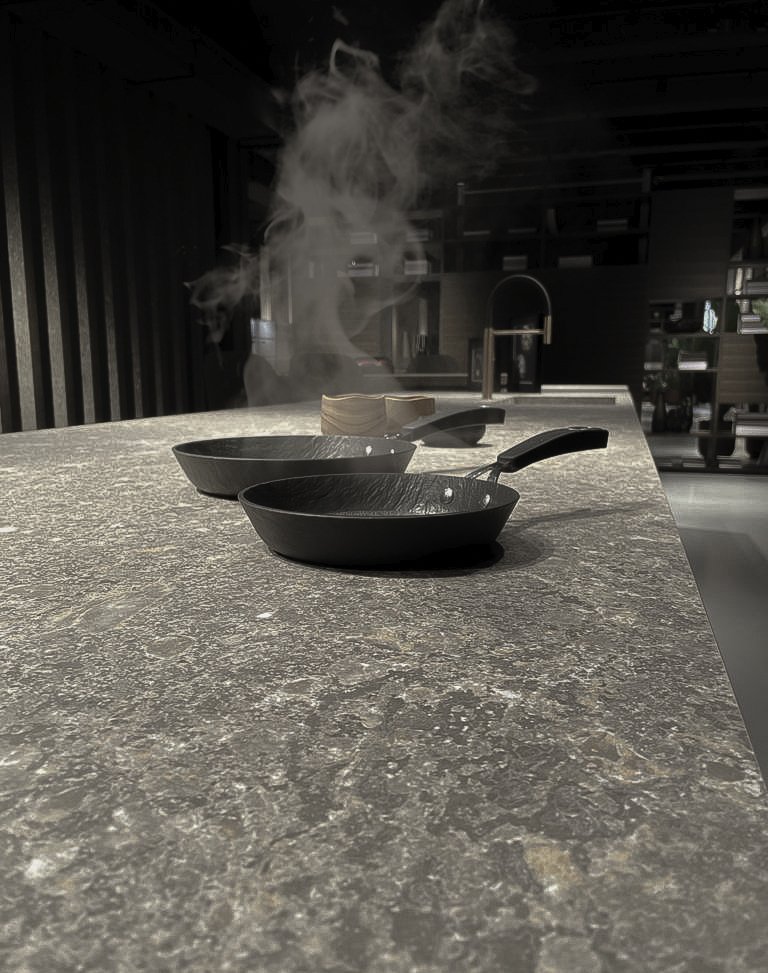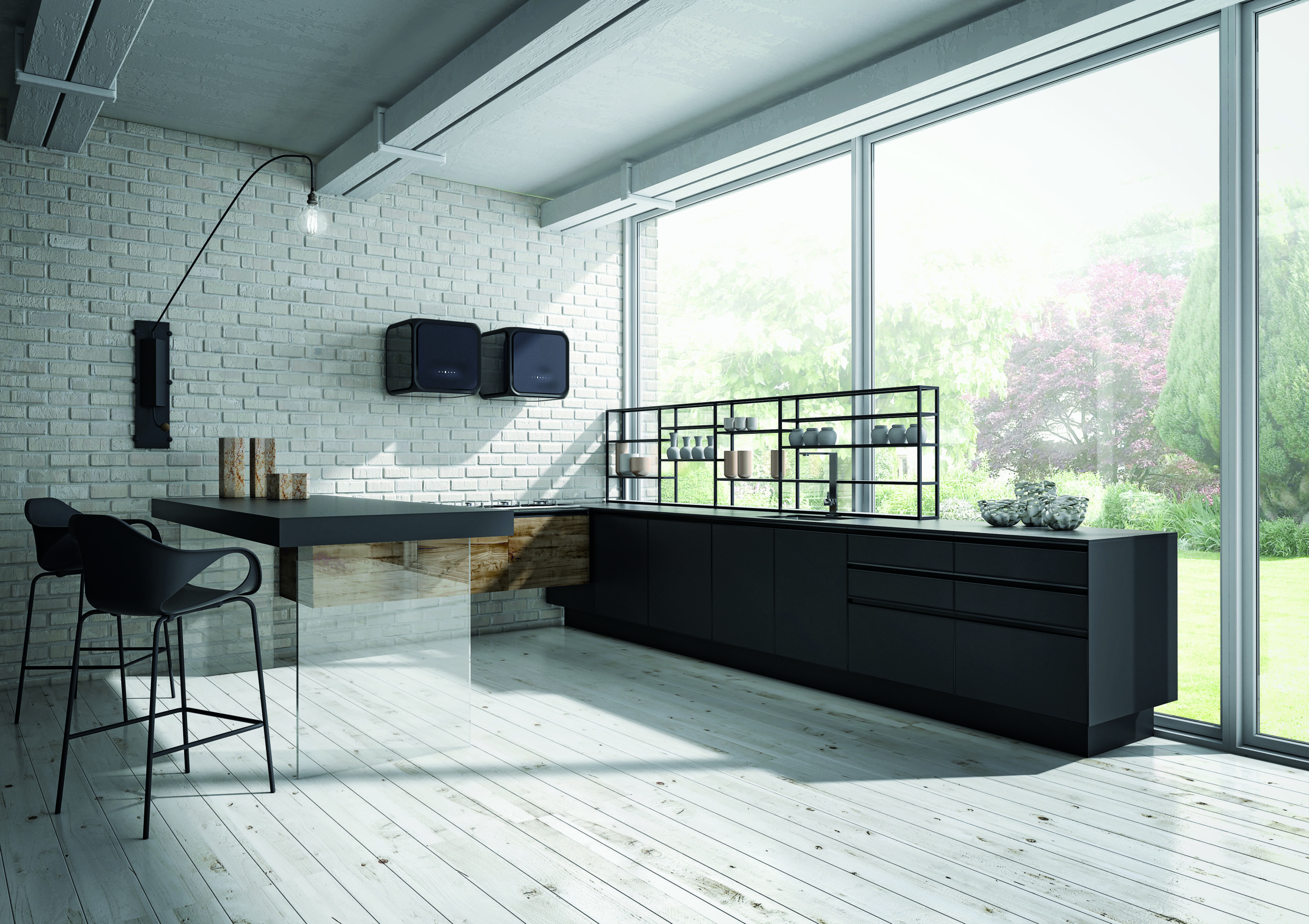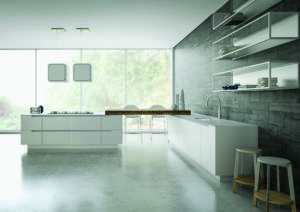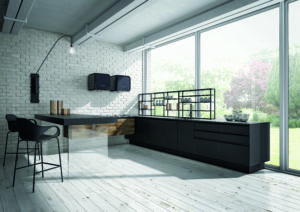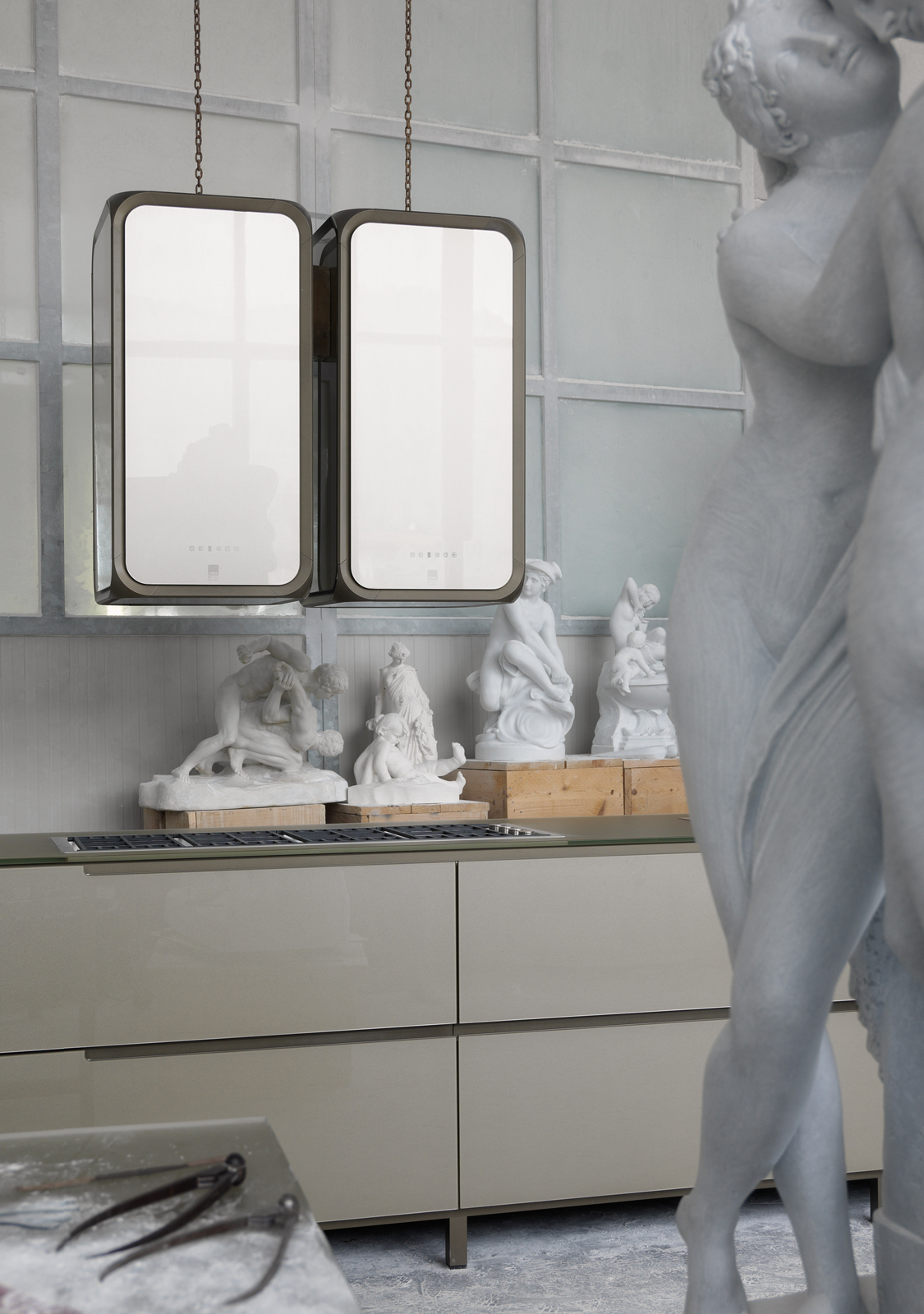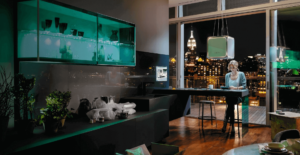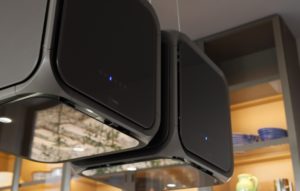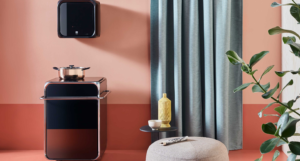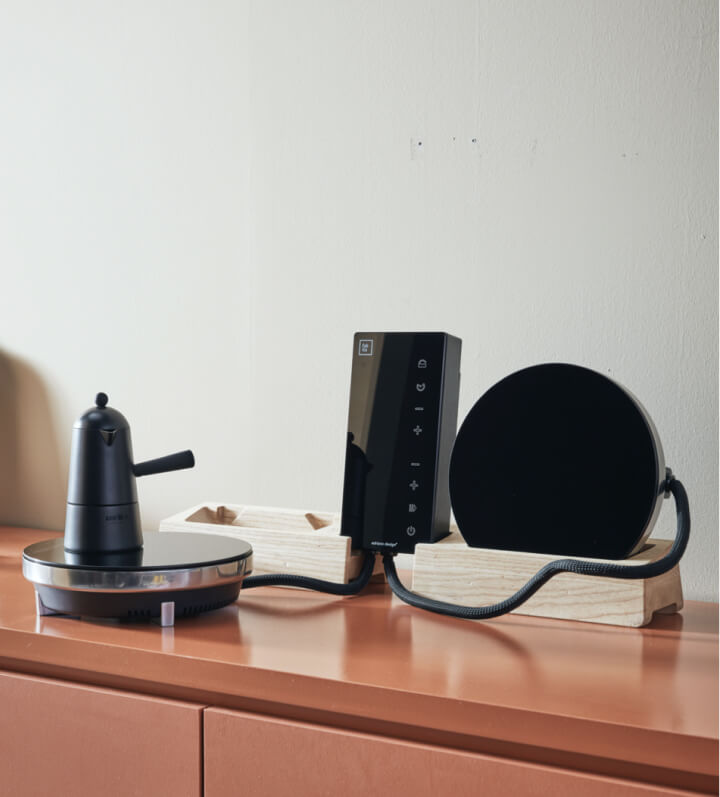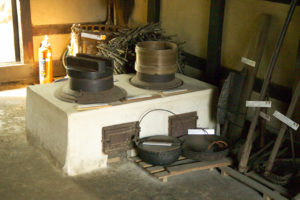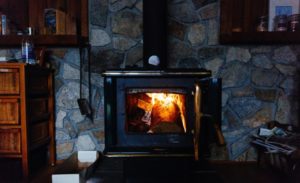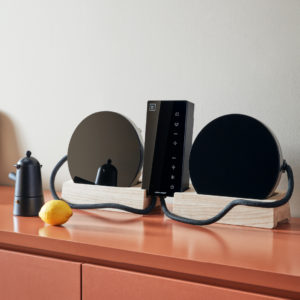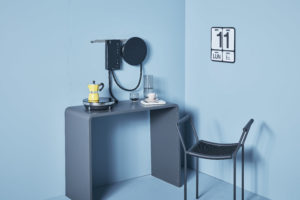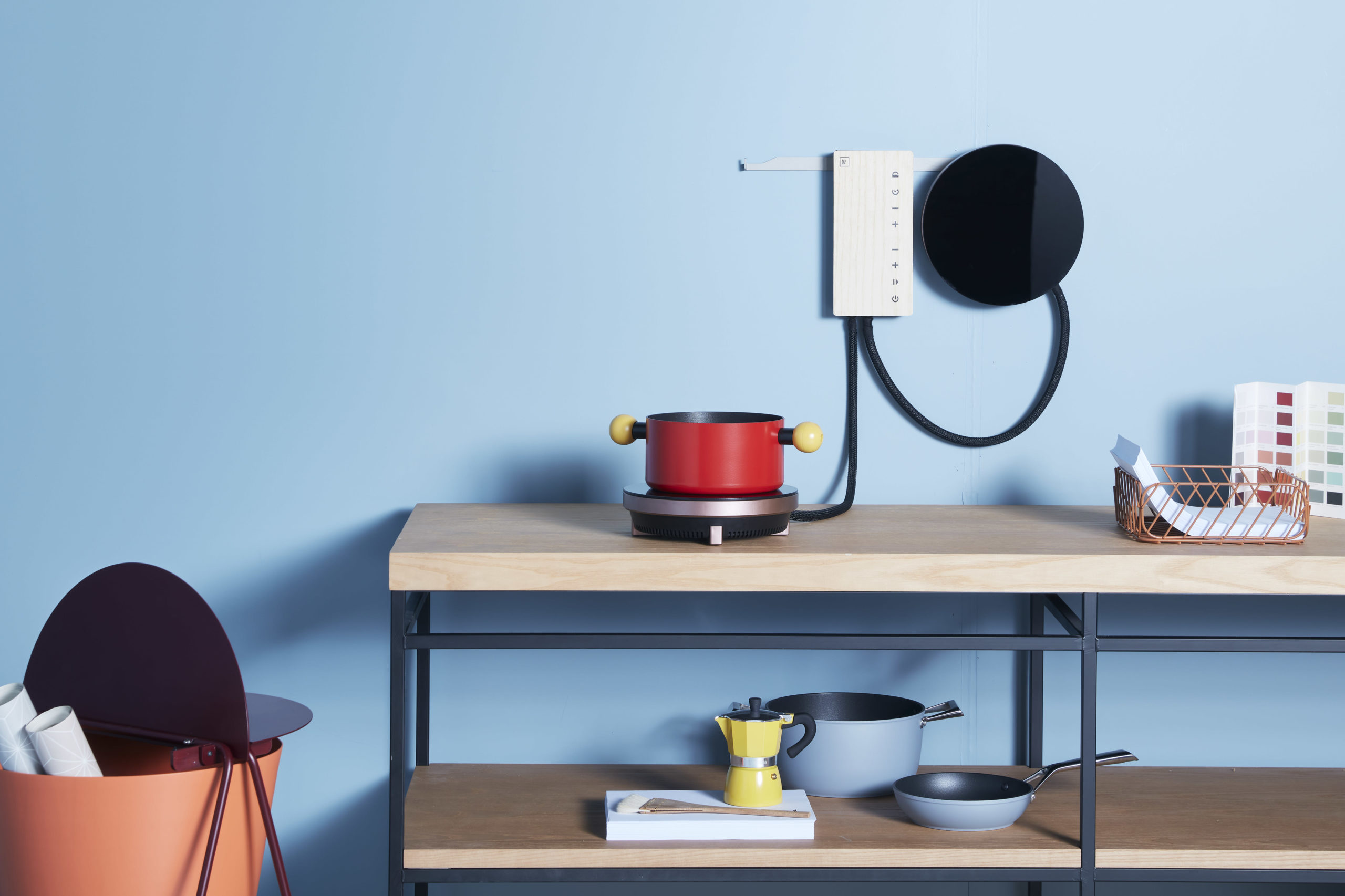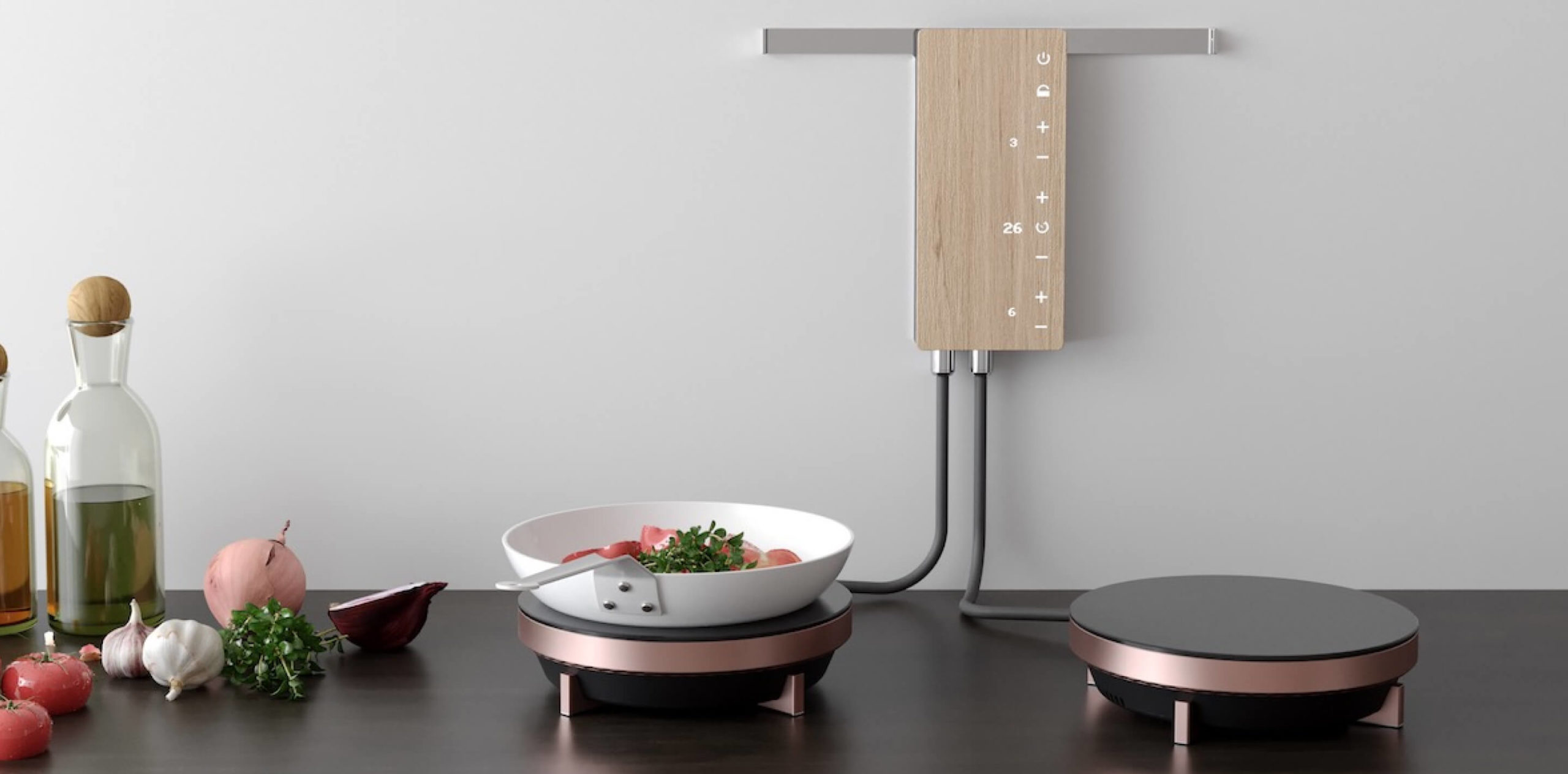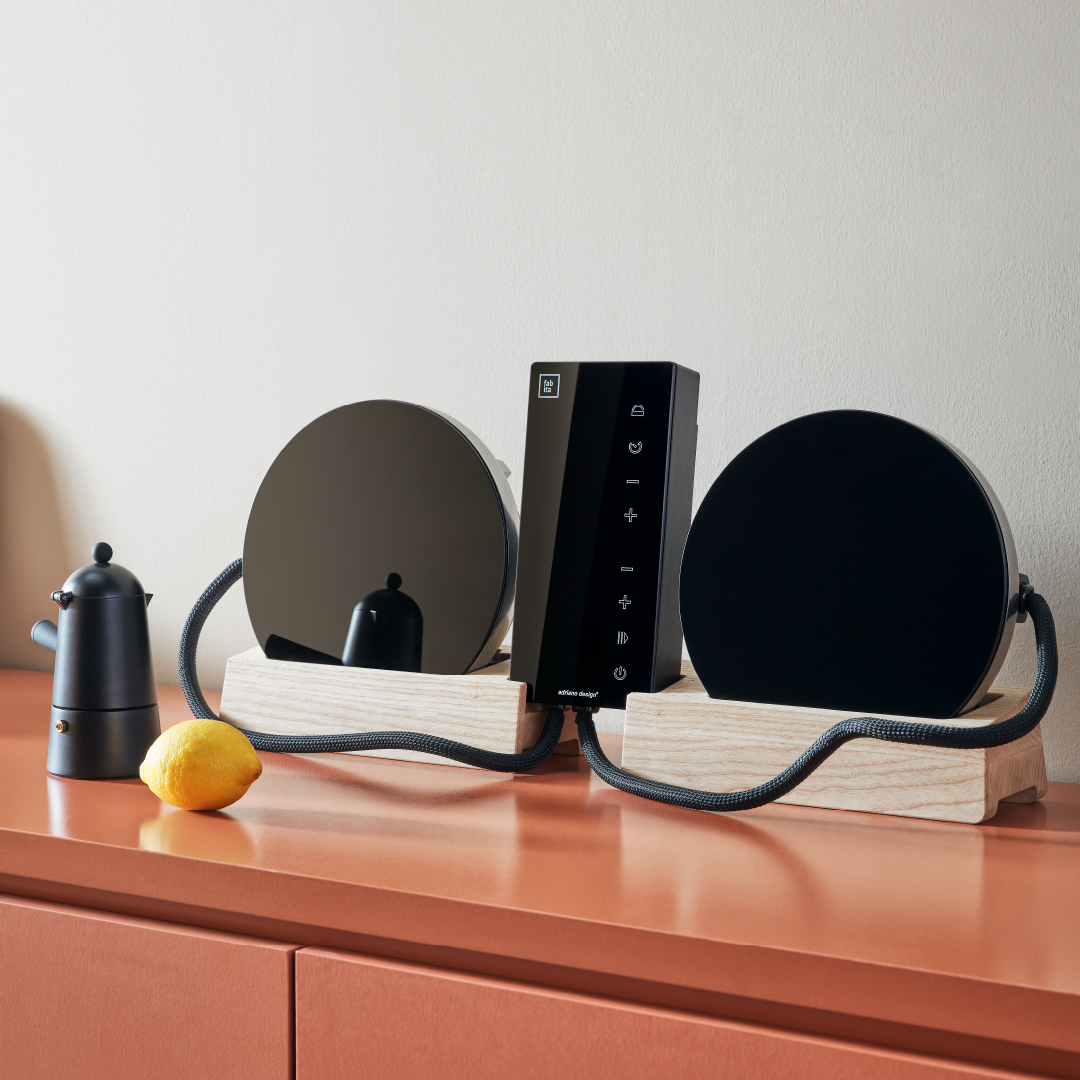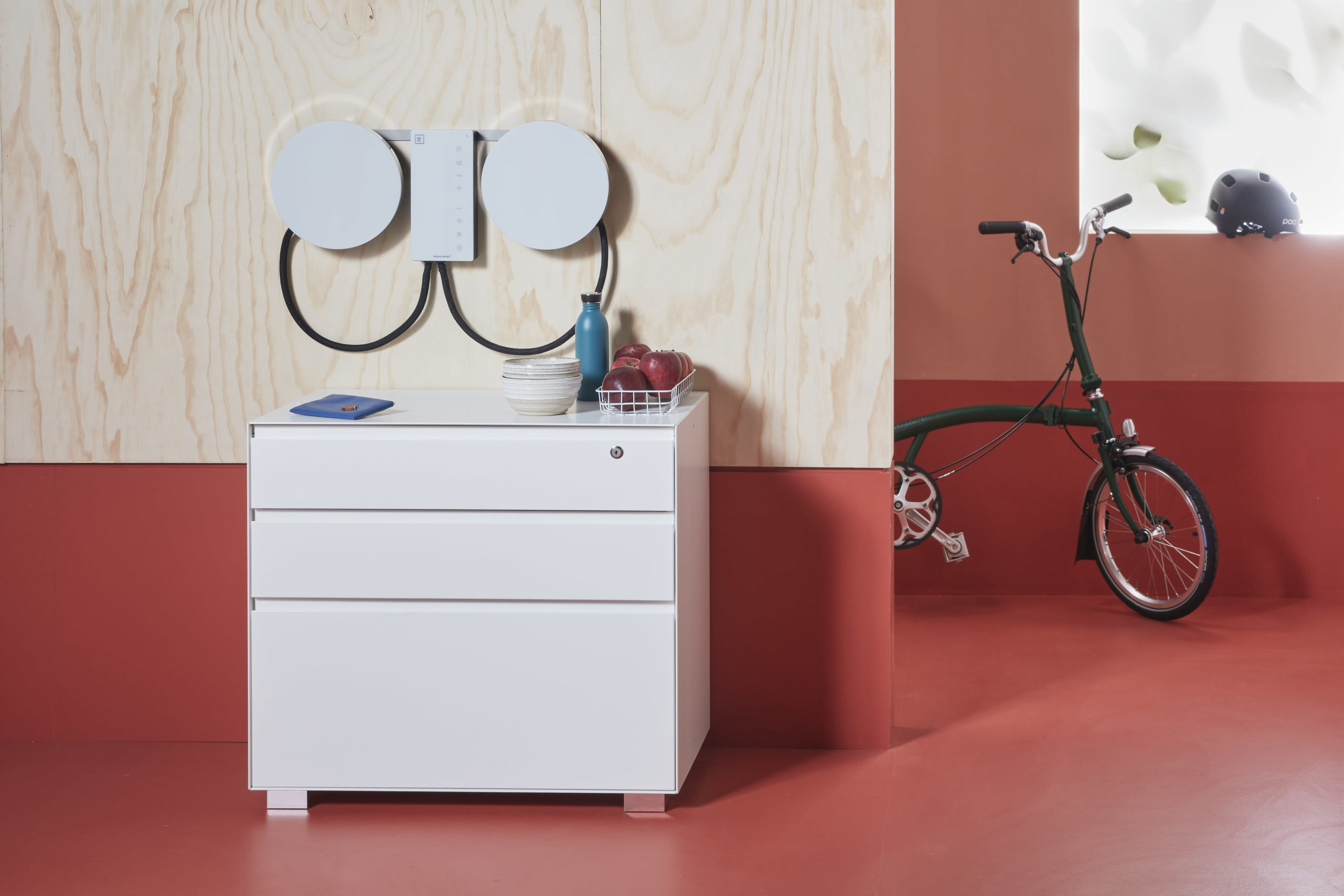This blog post is targeted towards lovers of outstanding home design who are interested in upgrading their kitchen with advanced technology that will elevate their space look and feel and astound any visitor.
Are you looking for a countertop surface that is both practical and stylish? Look no further than Velacucina. This Italian-made product is the first of its kind, featuring invisible induction technology and a cooktop that allows you to chop, cook, and serve food all on the same surface. This ultimate countertop solution boasts a range of impressive features that make it a top choice for any high-end kitchen.
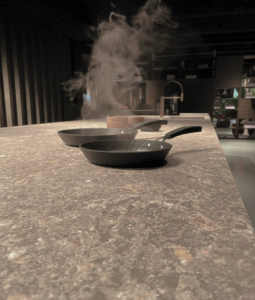
Invisible Induction Features
Perhaps the most impressive feature of Velacucina is its invisible induction technology. This game-changing innovation provides the pinnacle of cooking safety, offering a revolutionary hidden induction hob that uses magnetic technology to generate heat directly into compatible cookware. The entire cooktop remains cool to the touch, eliminating the risk of burns and keeping your kitchen free from accidental fire hazards. It also offers precise temperature control across 9 levels, cooking food 20-30% faster than gas or electric burners. Its Chef Cook solution simplifies the creation of restaurant-quality dishes, while safety features like pan detection, sensors, and an extra child lock offer peace of mind. And with the warming level system, your meals will always be served at the perfect temperature. Learn more here: https://www.upscale.vn/velacucina-invisible-induction/
Velacucina’s Durability and Resistance
Velacucina’s countertop is made from a natural mineral crafted using an advanced production process to create a hardwearing and truly unique finishes. Its surface possesses every feature needed for both commercial and residential settings. It is highly resistant to impacts by everyday objects or utensils, and it does not burn or give off smoke or toxic substances when exposed to extreme temperatures. Hot cooking utensils like frying pans or saucepans can be rested on its surface without it being damaged.
With its surface’s technical characteristics ranking among the highest on the market, it is ideal for , withstanding a high weight without bending or becoming deformed. Food can be cut directly on top of the surface without any damage, and it is not affected by products like solvents, detergents, bleach, oil, vinegar or citrus juice. With these outstanding qualities, Velacucina is the ultimate countertop to have in any kitchen guaranteeing beauty, convenience, and functionality.
Antibacterial
Velacucina’s surface is designed with antibacterial properties that prevent and destroy 99.9% of potentially harmful bacteria, fungi, and viruses. Velacucina‘s countertop is created with one of the most environmentally safe materials you can bring into your home since it has no negative effects on the natural environment or living beings and has been food-grade certified. Velacucina is not just intended for personal use; its sturdiness and antibacterial characteristics make it the ideal surface for commercial kitchens and other locations where hygiene is critical.
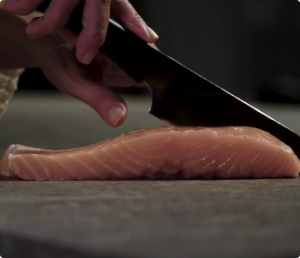
Sleek Design and Customization
Velacucina isn’t just practical – it’s incredibly stylish. Its elegant design adds a touch of sophistication to any kitchen, while its customizable features allow you to create a look that’s uniquely your own. The surface is available in a variety of different stone patterns, allowing you to choose the perfect style to match your kitchen décor. Whether you’re going for a modern, minimalist vibe or a more traditional aesthetic, Velacucina has got you covered.
Versatility and Eco-Friendliness
Velacucina‘s versatility extends beyond the kitchen. The surface is suitable for indoor and outdoor use, making it a great choice for outdoor kitchens and entertaining areas. It’s also waterproof and non-porous, making it easy to clean and maintain. And because it’s made from eco-friendly materials and is power-saving, you can feel good about your choice to invest in a Velacucina countertop.
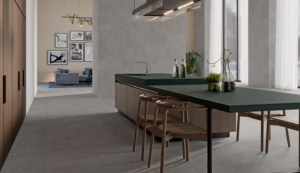
Invest in the Ultimate Countertop Surface: VelaCucina
Velacucina is the ultimate countertop surface for anyone who loves to cook, entertain, or simply spend time in the kitchen. Its versatility, style, and futuristic features make it a must-have for any high-end home. And with a 5-year warranty, you can rest assured that your investment will last for years to come. So why wait? Click here to book a meeting with one of our consultants today and find out how you can customize your Velacucina countertop for maximum performance and style. Your kitchen will thank you!





